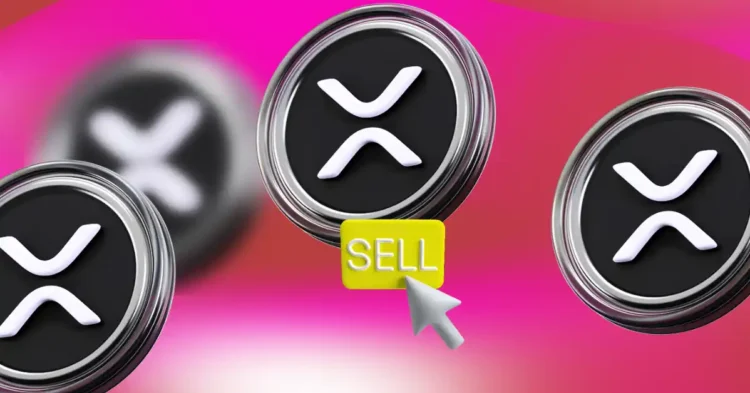Since early December, the XRP market has experienced a notable downturn, with a decline exceeding 10.63%. On December 9 alone, XRP prices plummeted by over 15.01%, and the market is still struggling to recover. Speculation suggests that South Korean exchanges may have played a pivotal role in this significant price correction. In this article, we delve into the key factors contributing to the recent XRP price decline.
XRP’s Price Decline and Performance
At the beginning of December, XRP was priced at approximately $2.2934. On December 2, it reached a peak of $2.7237. However, the momentum quickly weakened, and between December 3 and 5, XRP’s value fell from $2.7237 to $2.2428. Attempts by buyers on December 6 and 7 to stabilize the market were unsuccessful. The following sharp decline on December 9 saw XRP’s price drop by 15.01%, reaching a low of around $2.2138. Even now, the market has not fully rebounded from this correction.
Comparatively, over the past week, Bitcoin experienced a modest increase of 1.5%, Ethereum saw a slight decrease of 0.2%, and Solana fell by 8.3%, all outperforming XRP’s decline of 9.4%.
Key Contributors to the XRP Price Drop
XRP, a leading altcoin, has shown remarkable growth during the recent cryptocurrency bull run, surging over 366.3% since November 5. The recent sell-off is largely attributed to profit-taking, supported by market data. Additionally, there is growing evidence that Korean platforms significantly contributed to the decline in XRP prices.
Early XRP Sell-Off in South Korean Markets
Reports indicate that the XRP sell-off began on Korean exchanges at 7:45 p.m. UTC on December 9. That day, the price started at $2.6005 and closed at a low of $2.2064. Coincidentally, the KOSPI index also dropped to a monthly low of 2,360.24 KRW on the same day. Furthermore, the XRP/KRW pair exhibited a more pronounced negative cumulative distribution volume (CDV) compared to XRP/USD or XRP/USDT. This data suggests that the trend of XRP sell-offs initiated in Korean markets, exacerbating the overall market decline.
Instability in Korean Markets
Since the start of December, South Korea has faced political turmoil, influencing financial markets. The country’s political landscape has been unstable, with President Yoon Suk Yeol enacting a martial law order, citing threats from North Korean sympathizers. However, this order faced strong opposition from lawmakers, leading to its withdrawal. On December 2, the KOSPI index stood at 2,455.24 KRW, peaking at 2,500.53 KRW on December 3, which was still 3.64% lower than the November high of 2,591.59 KRW. Between December 5 and 9, the index fell from 2,471.49 KRW to 2,361.23 KRW. Despite a recovery of 2.41% in the last two days, the market remains affected by previous corrections.
In conclusion, the recent decline in XRP prices can be attributed to multiple factors, including significant sell-offs in South Korean markets and broader economic instability. As the market continues to navigate these challenges, investors and traders will need to remain vigilant and well-informed to make strategic decisions.











